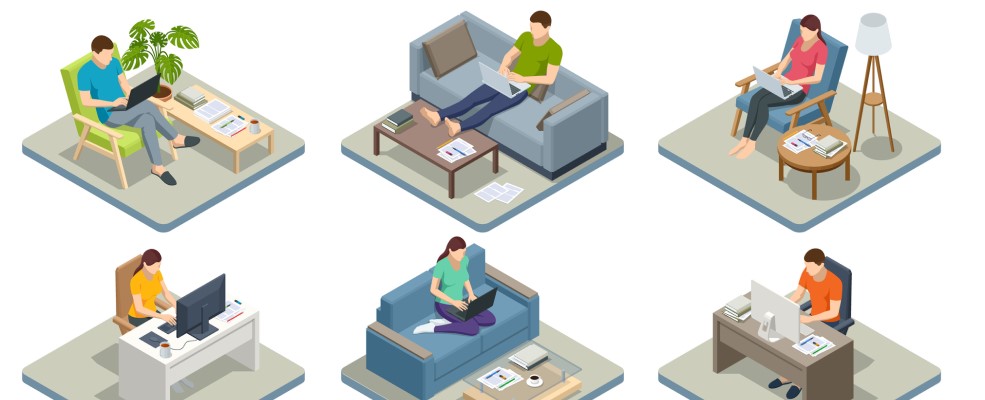Based on his previous research on working at home – some of which has been published by WISERD – Professor Alan Felstead has submitted written evidence to the House of Lords Committee on Home Based Working. This follows Professor Felstead’s invitation to give oral evidence to the first session of the Committee in early March.
Professor Felstead’s written evidence stresses the importance of using different terms to differentiate workers according to the home/work overlap they experience, the challenges and opportunities for both workers and employers, the gaps in our knowledge, and the policy implications of his research. He draws on a corpus of research stretching back to the mid-1990s, including results drawn from the job quality quiz and the more recent results from the Skills and Employment Survey 2024.
The latter shows, for the first time in Britain, what type of spaces within the home are used for paid work. According to this evidence, only 45% have a home office, with the remainder having to make do with the kitchen table, the sofa or the corner of a room. Another striking, if not unsurprising, finding is the growth in the home as a place of work since 2017 and the decline of the fixed place or work, such as the office or factory. However, the scale of the change has been dramatic. Homeworking rose from 3% in 2001 to 13% in 2024, while hybrid working also rose sharply, jumping from 5% to 21% over this period.
These findings underline the long-running nature of the shift in the location of work. For example, the growth of hybrid working started back in 2006, well before the term became a much-discussed work arrangement. You can read more in Professor Felstead’s latest report, Is the Office Dying?, which will be launched at a Skills and Employment Survey 2024 event in Westminster today.

